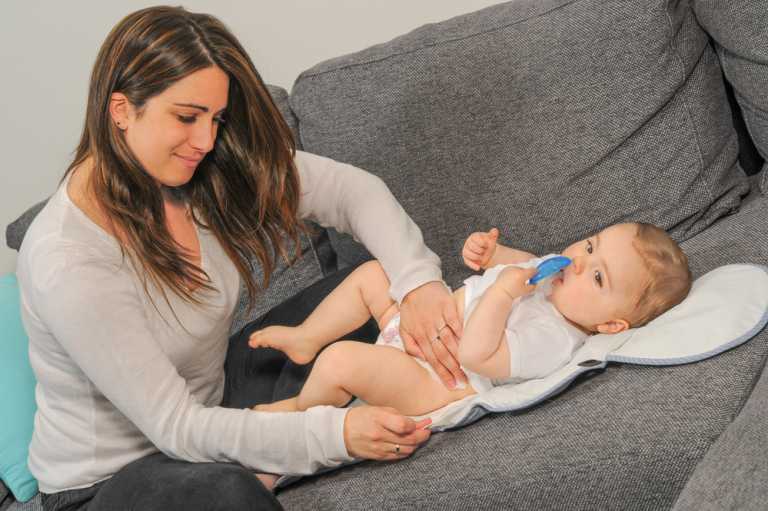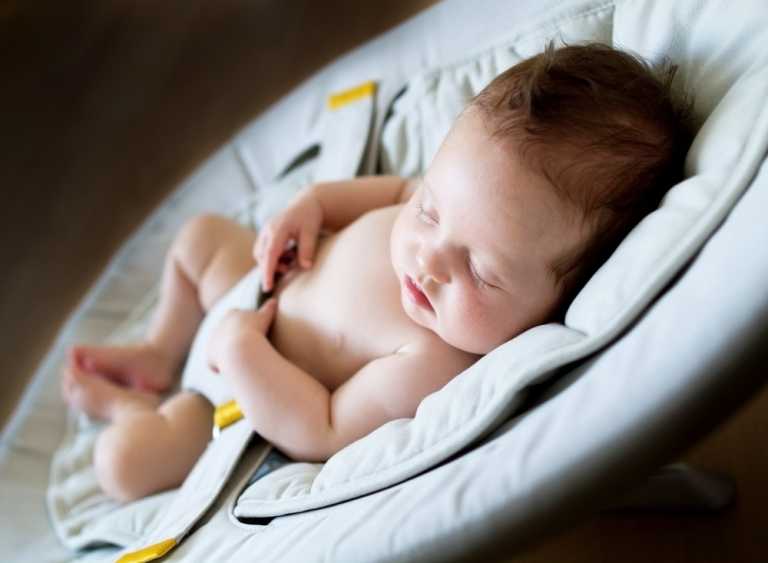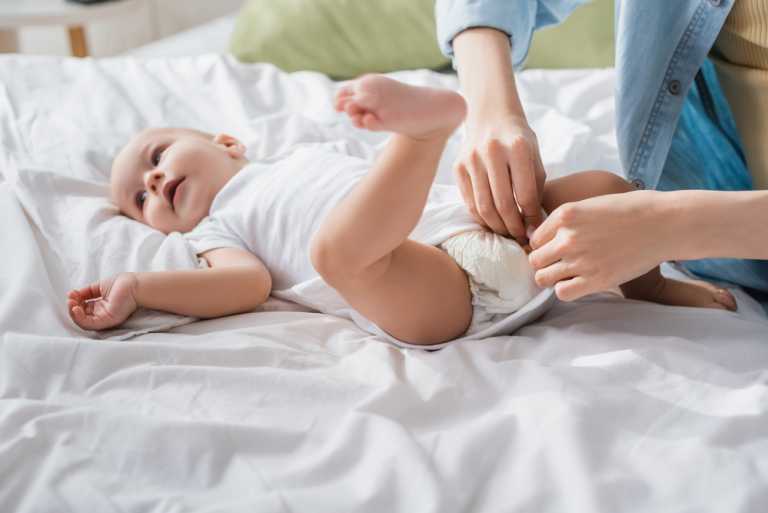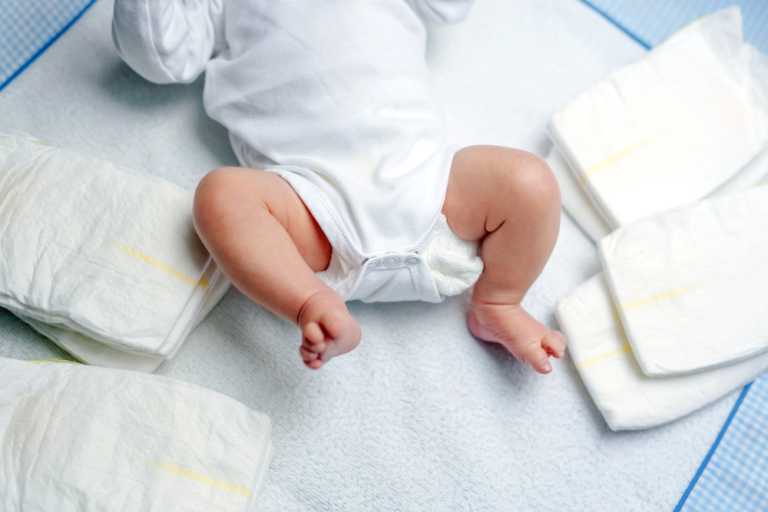Has your baby become extra fussy when you change her diaper? Diaper rash may be the culprit! Diaper rash is highly uncomfortable for your little one.
Fortunately, it’s also reasonably easy to treat. Many parents choose a natural treatment, like coconut oil. There are also several commercial products available at your local drugstore that can be effective. In extreme cases, a visit to your doctor may be necessary.
You’ll have a happier baby if you learn how to prevent diaper rash (an ounce of prevention is worth a pound of cure). Even with the best prevention, most babies develop a diaper rash at some point in their first year. Use these prevention and treatment tips to help your baby avoid or recover from diaper rash.
Tips for Preventing Diaper Rash
Diaper rash is most often caused by a wet diaper that’s been left on too long. A diaper that’s too tight or not appropriately fastened can also cause a rash where it rubs against your baby’s skin. More severe cases include yeast infections, bacterial infections, and allergic reactions.
Check your baby’s diaper at least every two hours, and change it immediately if it’s wet or dirty. Clean his skin thoroughly after each change. Use water and a soft cloth or mild wipes. Avoid wipes that contain alcohol or propylene glycol, as they can irritate your baby’s skin.
Let your baby go diaper-free whenever you can. It lets the skin dry after a diaper change, which can help prevent bacteria from growing. The best time for a diaper-free baby is immediately after a bowel movement (you’ll cut down on the likelihood of a big mess!)
If you use cloth diapers, make sure you are washing them correctly. Improperly washed diapers can harbor bacteria and irritate your baby’s skin. Avoid harsh detergents, and don’t use bleach or fabric softener.

Home Remedies
Even with the best preventative measures, most babies get diaper rash. You can use several home remedies to ease your baby’s discomfort. Combine these treatments to ensure your baby stays as dry as possible in between changes.
Give Baking Soda Baths
Dissolve two tablespoons of baking soda in a basin of warm water, and soak your baby’s bottom for 10 minutes, up to three times a day. Note that babies whose umbilical cords haven’t fallen off aren’t ready to be bathed, so this method isn’t suitable for newborns. Never leave your baby alone in a bath.
Create a Moisture Barrier
In many cases, creating a moisture barrier between the skin and the diaper is enough to let your baby’s rash heal. You can use a commercial diaper rash cream for this, but many parents prefer to use something natural.
Coconut oil is a fantastic moisture barrier choice. Clean and dry your baby after a diaper change, and gently massage a small amount of coconut oil into his skin.
You can also make a homemade diaper rash cream with coconut oil, shea butter, zinc oxide, and essential oils by following the recipe on the Mommypotamus Blog. It would be best if you kept this cream in the refrigerator.
Remember that any cream or oil you use will be challenging to get out of cloth diapers. Use disposable diapers (or a liner in your cloth diapers) when treating a diaper rash with creams or oils.
Try Aloe Vera Gel
Aloe vera gel is often used to treat sunburn and can be soothing for diaper rash, too. Clean and dry your baby, and then apply aloe vera gel to the affected area. You can use aloe vera gel fresh from the plant or buy a bottled gel from your local natural food store or pharmacy.
Avoid Powders
Avoid using baby powder or cornstarch when your baby has a diaper rash. These powders can increase yeast growth, irritating your baby’s rash further.
Over-the-Counter Remedies
If your baby’s diaper rash doesn’t respond to home remedies, you may want to try an over-the-counter solution from your pharmacy.
Commercial Diaper Rash Cream
Commercial diaper rash creams, like Desitin, contain zinc oxide to help protect and heal the skin. (Zinc oxide is also used in many sunscreen lotions.) Follow the directions on the packaging, and make sure your baby is clean and dry before applying the cream.
Antibiotic/Antiseptic Ointments
Some doctors recommend using a small amount of an antibiotic/antiseptic ointment like Bacitracin or Neosporin after each diaper change while the rash persists. If your baby’s rash is bacterial, this ointment can help.
Hydrocortisone Cream
Try a 1% hydrocortisone cream on your baby’s skin has pros and cons. Hydrocortisone reduces inflammation and can help your baby feel more comfortable while the rash heals. However, hydrocortisone cream can worsen the infection if the rash is caused by yeast. It’s best to avoid this cream unless nothing else works to make her more comfortable.
Video
When to Call Your Doctor
Call your doctor if your baby’s diaper rash doesn’t respond to home remedies or over-the-counter solutions after a couple of days. Your baby may need a prescription anti-fungal medication to eliminate the diaper rash.
Most babies respond well to a combination of drier diapers and a cream or other moisture barrier. Whichever treatment you choose, give your baby some diaper-free time to allow his skin to dry thoroughly.



